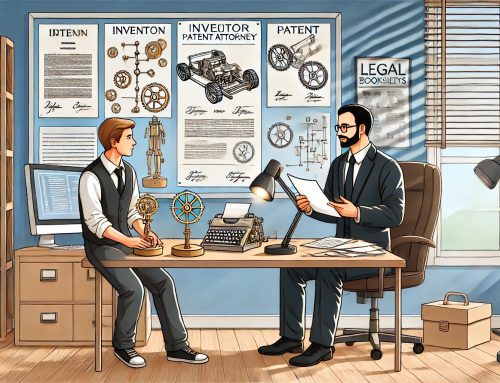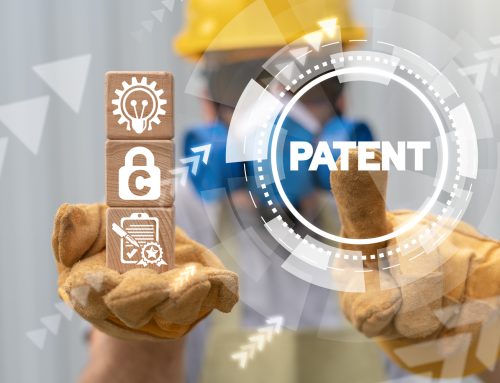With all of the concussions in the football sphere, there is a lot of innovation across a number of fields with respect to safety, and particularly brain safety. The patent reviewed today is just another step towards making the game of football safer. As both a registered patent attorney with the United States Patent and Trademark Office and a former NFL sports agent, I find this type of innovation particularly interesting. What is smart about this invention is the used of a smart view to instantly view the impact statistics. This a great innovation that allows individual users the ability to review head injuries, or allow a coach or trainer on the sideline to review head hits during and after a practice.
On April 17, 2018, Week 16, Number 1449-3, the United States Patent and Trademark Office published issued U.S. Patent Number 9,943,128. The patent describes an impact monitoring systems for a football helmet that includes impact sensors on flexible substrates. The patent attorney for the applicant appears to have directed the invention towards a flexible substrate including the impact sensor can be coupled with a wearable article of protective equipment and can wirelessly communicate with a computing device, such as a smartphone or the like.
Figures 1-4 describes an impact sensing system. The Impact sensing system provides for a first impact sensor with a dielectric layer of flexible, dielectric material. Impact sensor has a first printed electrode and second printed electrode a second surface of dielectric layer so as to overlie and be moveable toward and away from the first electrode by deformation of the dielectric layer.
The claims appear to range from broad to narrow. The first independent claim provides:
-
An impact sensing system for mounting on a substrate of a protective equipment article, comprising:
a first impact sensor including:
a dielectric layer that is deformable in a thickness and flexible between a planar condition and a non-planar condition;
a first printed electrode on a first side of the dielectric layer; and
a second printed electrode on a second side of the dielectric layer overlying and moveable toward and away from the first electrode by deformation of the dielectric layer, the dielectric layer maintaining a capacitance between the first electrode and the second electrode, including when the dielectric layer is flexed from the planar condition into the non-planar condition, the capacitance changing with a movement of the second electrode toward or away from the first electrode; and
a first readout circuit electronically coupled with the first and second electrodes to measure a change in the capacitance and output a corresponding voltage.
As a patent attorney, I would rank the strength of patent claims as strong and well written.
If you have a great idea, contact a patent attorney to learn how to protect your idea. Don’t Just Lawyer Up, Tucker Up. Call 1-833-TUCKERUP








